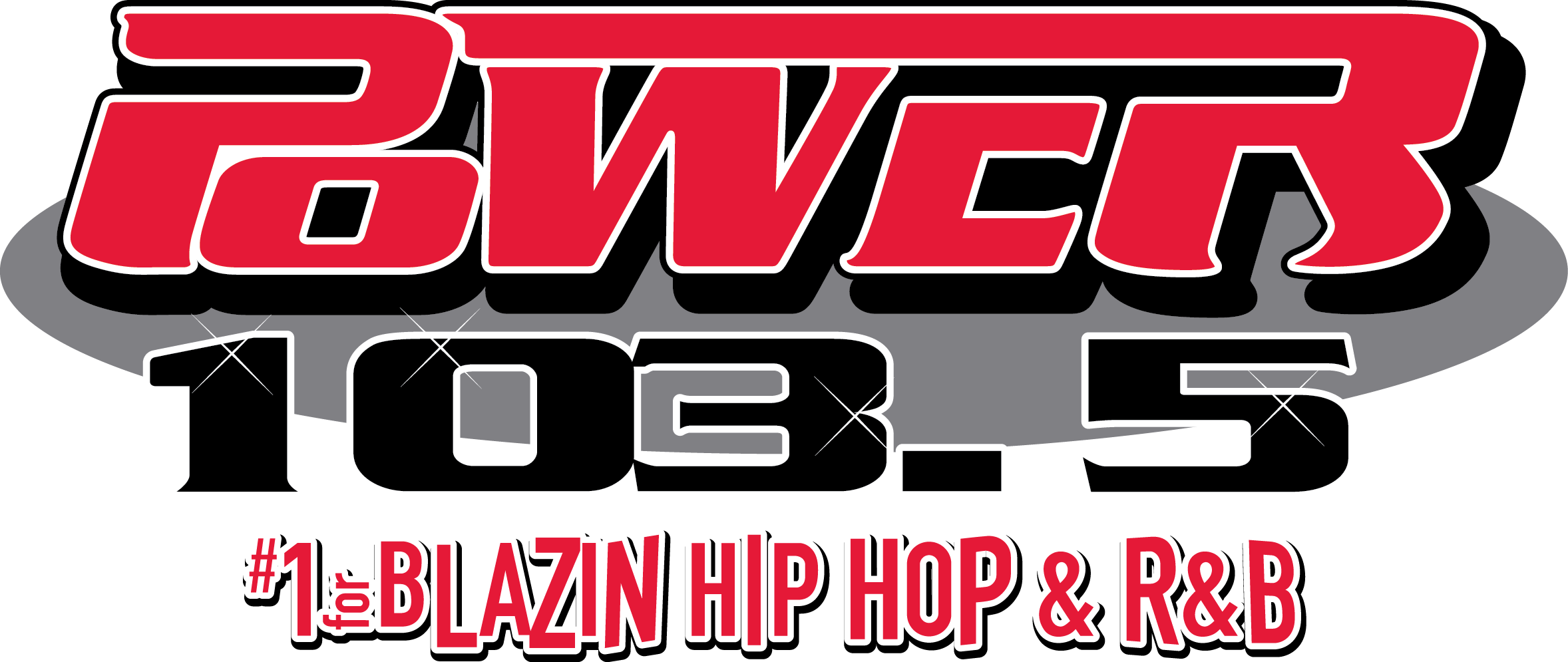Schools stock Naloxone as student drug overdoses surge
Written by ABC Audio All Rights Reserved on May 15, 2023

(BUDA, Texas) — Bandages, ice packs, aspirin and epinephrine have long been staples of nurse Dawn Baker’s public high school medical clinic in Texas.
Now, she also stocks Naloxone to treat drug overdoses — keeping a supply by the door in case she needs to save a life in an instant.
“Schools have had drugs in them forever. It’s just that the drug is so much stronger and so much scarier now, and, you know, the outcome is death,” Baker said.
As the nation’s fentanyl crisis claims a growing number of American teenagers each year, school districts nationwide are scrambling to acquire the opioid-reversing drug, train teachers and students how to use it, and combat stigma from openly acknowledging problems with addiction.
Last year, just two weeks after Hays County gave Nurse Baker six doses of Naloxone, also known by the brand name Narcan, she was called to a classroom where a 16-year-old girl was unresponsive.
“She checked all the boxes of an overdose,” she said. I administered Narcan nasally.” The young woman, who was not breathing, survived but only because an overdose antidote was close at hand, Baker said.
“It’s not the answer to all, but it’s definitely going to help,” she said.
While illicit drug use among teens nationwide has been on the decline, overdose deaths – some of them on school property – have been soaring, according to the Centers for Disease Control.
Around 500 U.S. teenagers died from a drug overdose each year between 2010 and 2019, CDC data shows. But in 2020, the number nearly doubled to 954 deaths; in 2021, more than 1140 teens died from a drug overdose.
“We’re seeing a significant number of kids getting access to highly lethal drugs that are ultimately leading to an increase in deaths,” said Dr. John Brownstein, an epidemiologist at Boston Children’s Hospital and an ABC News medical contributor.
“We know that there is plenty of fentanyl on the market that is tainting products that people really otherwise wouldn’t know is there. Even in a very small quantity – one tenth of a grain of rice – can lead to an overdose death,” Brownstein said.
The National Association of School Nurses has become so alarmed by the trend that the organization now advises schools nationwide to develop a Naloxone policy.
“I’m seeing more receptiveness,” said Kate King, president-elect of the nurses association.
Thirty states expressly authorize the possession and use of naloxone in K-12 schools, according to the Legislative Analysis and Public Policy Association. But only 1 state – Rhode Island – requires all schools to keep it on hand.
Recent FDA approval for over-the-counter sale of naloxone is expected to accelerate interest in the drug and ways to increase its production and availability.
King says unfamiliarity with Naloxone and “stigma” around it are primary barriers to more widespread adoption.
“The fear is that drug users will camp out on the doorstep so that when they use opioids, school personnel will have to run out and save them with naloxone. There’s a fear of danger after administration – that if you administer it, people are going to come up swinging and that you, yourself, are going to be in danger,” King said. “There’s also fear that schools don’t want to get the bad reputation.”
Officials at Hays County Public Schools, just outside Austin, have had to use Naloxone 6 times since the district began stocking the drug in nurses offices. Five students have died off campus in the past year.
“We are being impacted hard. I think what we’re doing differently is we’re hitting it head on,” said Jeri Skrocki, a former county sheriff’s deputy who now oversees safety and security at Hays Consolidated Independent School District’s 26 school campuses with over 22,000 students.
Administrators have produced videos of grieving parents to show students and released surveillance video of student overdose incidents on county campuses.
“Our goal was transparency and really making sure that we were communicating that this is out here, and we wanted them to see those faces,” Skrocki said.
In Montgomery County, Maryland, after a recent rash of student overdoses, administrators are holding community training sessions throughout the year where free doses of naloxone are distributed to parents and children.
“It’s becoming way closer to home,” said high school senior Isabella Juarez Galeas who attended.
Earl Stoddard, a father who joined the session with his daughter Ava, said the dangers need to be talked about openly.
“It’s just important to educate and be aware of what’s going on in your community. She’s going to high school next year. And so I want to have her prepared for that before she gets there,” he sa9id.
Added Ava, “We’ve had strong personal talks at home about drugs, like if you see someone and they’re like, Oh, here’s an Adderall. No, it may not just be Adderall.”
It’s a conversation being had across the country, from Los Angeles, where the nation’s second largest school district is putting naloxone in every K-12 school, to PTA meetings in Arlington, Virginia.
“As a medical professional, if we’re teaching kids to put condoms on bananas, we can teach kids to put Narcan up someone’s nose,” said Dr. Sulman Mirza, a pediatric psychiatrist, during the Arlington meeting last month.
King, who campaigned to get epinephrine and steroid inhalers into the school nurses’ office across Ohio, said the call for naloxone must come with funding for training and education to end stigma.
“Schools already have emergency preparedness plans. We prepare for tornadoes, we prepare for chemical exposures, we prepare for fires, and certainly we prepare for other kinds of health emergencies. This health emergency is no different,” she said.
Copyright © 2023, ABC Audio. All rights reserved.






